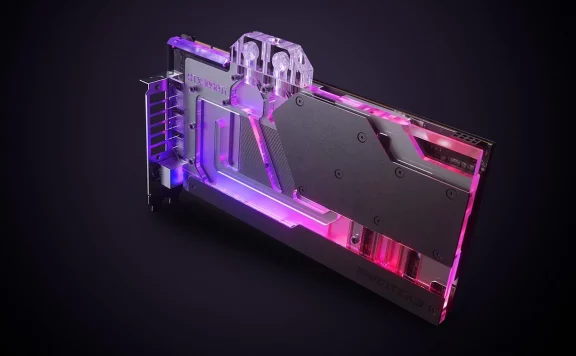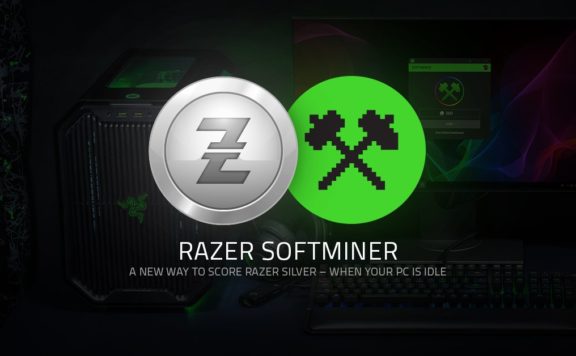It seems that as the year progresses, rumors of the latest Nvidia graphics card become more and more rampant. As we get closer and closer to each successive trade show, the rumor mill begins spinning that this trade show will be the one where the newest Nvidia flagship is revealed.
As always, the latest batch of rumors proves to be the most interesting. Via some reporting from techpowerup, their database reveals something interesting. Although none of these are confirmed specs, it nonetheless provides us some information from which we can speculate.
Before I continue, I must state that this information is obviously unconfirmed and therefore must be taken with a grain of salt. We won’t know confirmed specifications until Nvidia decides to reveal them to us. Therefore, the rest of this analysis is my best-educated guess, but it’s still no less fun to write about.

First, the architecture listed here is Volta, not Ampere and Turing, the other architectures rumored to be floating around this next generation graphics card. This may be a placeholder name for purposes of this database listing, or it could be final. We just don’t know.
Next, we see that it’s built off of a 12 nm FinFET manufacturing process. Compared to the 16 nm process in Pascal, the current Nvidia architecture, Moving to a smaller manufacturing node yields advantages in power consumption, heat displacement, and overall efficiency. On the same size die, you can effectively cram in “more” GPU. That’s a very crude and oversimplified way to think about it, but for purposes of this, it gets the idea across.
We see that it’s leveraging 16 GB of GDDR6 memory. This is hardly surprising considering Samsung has been manufacturing GGDR6 memory earlier this year, as well as other manufacturers. We quickly hit the limits of GDDR5 a few years ago, and for Pascal, you can recall that Nvidia introduced GDDR5X memory, itself an enhancement of the existing GDDR5.
GDDR6 brings with it several advantages over its predecessor, chiefly bandwidth and power efficiency. These improvements are expected, but nonetheless welcome and necessary given the increasing complexity and size of games today and, more importantly, over the next several years. As graphics engines mature and technology improves, size, scope, detail, and complexity in games will continue to increase, necessitating larger and faster memory. I suspect that by 2020, we will be hitting the limits of those 16 GB in large open world games packed full of micro and macro detail.

This picture has nothing to do with GPUs, but my cousin’s dog is cute so I’m including him here for something interesting to look at. His name is Zion.
Sticking with memory, we can see a bus width of 256-bit, with a 384 Gbps bandwidth. Compared to the existing 1080 Ti, this 256-bit memory interface and 384 Gbps bandwidth seem lesser than the Ti’s 384-bit bus and 484 Gbps bandwidth. However, it’s crucial to understand that we are talking about two different types of memory, therefore one-to-one comparisons cannot nor should not be made. On paper, while the memory specs for the GTX 1180 seem lesser than the 1080 Ti, the real-world implications of this may very well be a much faster memory module.
The same can be said about the actual clock speeds of the GPU. With 3584 cores and a listed boost clock of 1582 MHz, this may seem equal the core count and boost clock listed for the 1080 Ti, but again, remember that we’re dealing with an entirely different architecture in Volta. Additionally, I personally believe this listed boost clock for the GTX 1180 to be on the low end. The actual boost clock may be closer to 1800 MHz, something which should be easily achievable given GPU Boost’s capabilities.
So then, doing the math and assuming a boost clock closer to 1800 MHz, we arrive at a throughput of about 13 TFLOPs:
(3584 cores * 1800 MHz * 2 operations per core) / 1,000,000 = 13 TFLOPS
Here, you might look at the 1080 Ti and say, “wait a minute, the Ti is listed at 11.4 TFLOPS. This 1180 next-gen card is supposed to be only 2 TFLOPS faster?” And it’s here where it’s critically important to remember that we’re talking about a completely different architecture. Throughput isn’t one-to-one when we compare different architectures, and even less so when comparing different GPU manufacturers like Nvidia and AMD.
A perfect example of this is comparing Vega 64 to the GTX 1080. On paper, the Vega 64 has a higher throughput figure than the 1080, yet the 1080 outperforms the Vega 64 in far more games. So when comparing throughput, the on-paper figure is far less important than real-world performance. This might sound trivial, but it’s an oft-overlooked consideration.

Another unrelated picture of my cousin’s dog. His name is Tank.
Personally, I think the GTX 1180 is going to roundly destroy the GTX 1080 Ti in pretty much everything. Faster performance with respect to memory, GPU, as well as power efficiencies (200 W rumored TDP compared to the 250 W TDP of the Ti) should result in a beast of a card. And considering the fact that the GTX 1180 is meant to replace the GTX 1080 (not the 1080 Ti) and these potential results seem all the more impressive.
The question is, should you buy one? I suspect the 1180 will be announced at Computex (the next trade show taking place June 5 through 9) and priced between $699-749. If you’re sitting on a GTX 1080, the performance may be enough to warrant an upgrade. If you’re sitting on any Maxwell cards, then you will most definitely see significant boosts.
But, as I mentioned, these are just rumors. None of this is confirmed. It’s just fun to speculate on these things, especially as the year wears on and we march towards the imminent reveal. Time will tell, but I for one am very excited to see our industry pushing even further ahead of consoles, increasing that gap, and paving the way for future technologies.
#PCMasterRace








Stephen Bank
” it’s crucial to understand that we are talking about two different types of memory, therefore one-to-one comparisons cannot nor should not be made”
Um, no. Gbps doesn’t depend on what type of memory is used. It is literally how many Gigabits of data can be transferred in a second.